Experimental aircraft NASA M2-F1 (USA)
The fifties of the last century remained in stories as a period of rapid development of rocket technology for various purposes. Leading countries conducted various studies, the purpose of which was to create new systems of different classes, primarily intended for use by armies. In addition, active work was carried out in the space direction. In the very near future, the newest spacecraft were to go into orbit. To fulfill all the existing plans and solve actual problems, researchers often had to use special test items, including aircraft-flying laboratories.
By the end of the fifties, American scientists had determined the optimal design of the descent module capable of passing through dense layers of the atmosphere without damage. The body of the apparatus should have a conical shape with a blunt head. Soon this discovery found application in the field of ballistic missiles. Also, NACA experts, led by Alfred J. Eggers Jr., found that the device should also show acceptable characteristics in the form of a half-conus with a cut off upper part. Moreover, at high speeds such a hull had to create a sufficiently large lifting force, which sharply improved the flight characteristics and made it possible to perform certain maneuvers.
This concept, which implies the creation of a lifting force only at the expense of the hull / fuselage, is called the Lifting body (“lifting body” or “carrying body”). In the Russian-language literature, the equivalent term “carrier case” or “carrier fuselage” is used.
At the very end of the decade, the Ames Center carefully studied the recently discovered principles and presented a preliminary draft of a manned spacecraft having a semi-conical shape. The project with the working designation M2 proposed the creation of a manned descent vehicle having a body in the form of a half-cone with two planes of vertical tail. According to calculations, leaving the orbit, such a device could fly independently in the atmosphere about 5400 km, and also move away from the original trajectory sideways on 1400-1450 km. Techniques with similar characteristics could be of interest in the context of the space program.
In 1961, the leadership of NASA and the United States Air Force familiarized themselves with the proposed project M2 and rejected it. The proposed development was not recommended for use in the lunar program or as a rescue tool for returning from Earth's orbit. The original direction actually lost all its perspectives, and the work risked stopping.
However, enthusiasts from NASA and related organizations continued research. Soon, enterprising scientists built and tested a scale model of the M2 apparatus. Initially, this product behaved in the air is not the best way, but minor improvements have allowed to obtain good flight data. The new results were shown to the heads of the Ames and Dryden centers. This time, the responsible persons became interested in the original proposal. The Dryden Center provided the necessary funding and helped with organizational issues, and the Ames Center undertook aerodynamic testing as part of a new project.
The positive results obtained in the course of the previous flushing of large-scale models and flight tests of the layout allowed us to bring the project to a new level. Now it was proposed to test the new concept with the help of a full-size manned technology demonstrator. This development of several organizations from the NASA has received a fairly simple designation - M2-F1. This name was decoded as Manned-2, Flight-1 - “Piloted vehicle No. XXUMX, flight model No. XXUMX”. Also for the characteristic shape of the aircraft was nicknamed the Flying Bathtub (“Flying Bath”).
The new project was attended by two of the most important centers from NASA, as well as a group of enthusiastic scientists. However, despite this, specialists had to cut expenses by all available means. The fact is that the leaders of Dryden Reserarch Center were able to allocate only 30 thousand dollars for the new project (about 240 thousand at current prices). As a result, the new experienced aircraft should have been distinguished by simplicity of design and low cost. In general, this problem was successfully solved, and the authors of the M2-F1 project coped with the difficulties.
To maximize cost reduction, it was proposed to build a demonstrator of mixed design technologies. In addition, it was necessary to do without its own power plant. However, due to possible risks, an ejection seat could be installed in the cockpit. Part of the required components should have been borrowed from serial equipment available to NASA specialists. On the basis of such principles, it was necessary to develop a new aircraft corresponding to one of the previously proposed variants of the aerodynamic layout.
In the fall of 1962, the assembly of the future experienced M2-F1 began. Similar work was carried out in the framework of the cooperation of NASA and the company Briegleb Glider Company, engaged in the construction of gliders. The final assembly of the finished machine was carried out in one of the hangars of the Dryden Center. In particular, it was there that the prototype received all the units borrowed from other equipment.
An experienced glider had a mixed design based on metal and wooden parts. The metal power kit was a platform with mounts for installing cab and chassis units. On top of this product was installed wooden frame, sheathed with curved sheets of plywood sheathing. The planes of a small area also had a mixed construction. The carrier fuselage received glazing on the sides and a pronounced flashlight.
In accordance with the carrier fuselage concept and the results of previous research, the shape of the future technology demonstrator was determined. The new fuselage has a characteristic shape. Its entire upper surface was flat, although it had space for installing some protruding elements. Along the edges, a flat surface was bent down and smoothly mated with a curved bottom. The nose cone was made in the form of a device with a rounded shape, close to hemispherical.
Immediately behind the fairing, there was a semi-conical bottom section, which occupied about two thirds of the total glider length. Towards the tail, the cross-section formed by a rounded bottom and a smooth upper surface gradually increased. Behind the cockpit, at the level of the front tail elements, the bottom flexed and rose up. The tail end of the fuselage is made in the form of a vertical part, smoothly mated with the sides and bottom.
On the straight surface of the fuselage was provided for the installation of some protruding units. Directly above the fairing, it was proposed to mount the L-shaped bar of the air pressure receiver. To obtain the required capabilities, it had to be made quite long. The central part of the fuselage accommodates a single pilot's cabin. Above it was a lantern with a gargrot. The cockpit protection above the fuselage had the shape of an ellipsoid and thus had a minimal effect on the air flow.
At the level of the back of the gargrotta were the tail root sites. The Flying Bathtub received a pair of trapezoid shaped carinae, characterized by a large sweep of the leading edge and a small elongation. The back of the carinae was deflected and served as a rudder. In the upper part of the carinae, it was proposed to mount small arrow-shaped stabilizers. The first version of the project meant the installation of the third keel, located between the other two. Between the side keels on the tail of the fuselage was a pair of elevons of a large area. These planes were borrowed from the Cessna 150 production aircraft.
An experienced glider was supposed to get a three-point chassis with a front support, also taken from the Cessna. The front desk with a small-diameter wheel was mounted under the nose of the fuselage and was located at an angle, carrying the wheel forward. The main rack were at the level of the widest part of the fuselage. All three racks were rigidly fixed on the metal power set. Cleaning mechanisms were not used.
The control of the aircraft was assigned to the only pilot in the cockpit. At the pilot’s workplace there was an instrument panel with several pointer devices, a control stick and a pair of pedals of traditional design. The large transparent cockpit lantern provided a good overview of the upper hemisphere, but the characteristic shape of the fuselage did not allow tracking objects in front and below, which could lead to problems during takeoff and landing. To improve the review, the nose fairing of the fuselage was made transparent. On the left side, next to the cabin, provided a large rectangular window with glazing.
The total length of the NASA M2-F1 experimental aircraft was 6,1 m, the maximum width (according to the stabilizer) was 6,32 m. The height was 2,9 m. The bearing surface of the fuselage had an area of 12,9 sq.m. Glider's own weight was only 1000 pounds - 454 kg. In normal flight configuration, the device weighed 536 kg; maximum take-off weight - 567 kg.
At the beginning of 1963, the experimental machine was completed and put to the test. Prototype checks began with wind tunnel blowing. In February of the same year, the specialists of the Ames Center thoroughly studied the submitted glider and gave the go-ahead to conduct its full-fledged tests. The car could be brought to the airfield and lifted into the air. The Edwards airbase was designated as a flight test site.
However, at this stage certain difficulties arose. NASA did not have a suitable towing vehicle capable of accelerating the airframe to the required speed. Fortunately, one of the project participants was able to negotiate the purchase of a Pontiac Bonneville car with a forced engine. Over the next few weeks, an experienced M2-F1 repeatedly went to the airfield and, being tied to a car, ran along the runway.
In the course of these tests, the specialists did not manage to get all the desired results. Runs with speeds of no more than 190-195 km / h did not allow to fully determine the real capabilities of the aircraft. However, the carrying capacity of the carrying body at such speeds was already quite large, although the tail rudders still could not show the required efficiency. A noticeable problem was the satellite track from the towing vehicle. However, they soon got rid of the main problems by processing control systems and rudders. In addition, after ground tests, a technology demonstrator lost its central keel.
From a certain time, the M2-F1 towed glider was lifted into the air, but the presence of a towing cable limited the possible approach height. 5 April 1963 test pilot Milton Thompson first lifted the car into the air, but it didn’t perform well. Various fluctuations were observed that threatened a coup and a crash. However, the fundamental possibility of take-off was confirmed in practice. Soon the device was once again refined, which made it possible to improve its behavior during takeoff and landing.
Tests using the towing vehicle continued for several months. During this time, more than 400 runs have been performed. All these tests gave the desired results, but for further research, M2-F1 should be lifted into the air. After some disputes, the leadership of the Dryden Center agreed to conduct full-fledged flight tests. It was suggested to test an experienced glider with the help of the C-47 towing plane. He had to raise the prototype machine to a height of several kilometers, after which the test pilot should perform an uncoupling and make a planning flight.
Before launching such tests, the prototype was finalized. For the safety of the pilot in the cockpit installed ejection seat brand Weber. In the rear part of the fuselage, they mounted mounts for a solid-fuel engine with an 114 kgf. The latter was intended for additional acceleration of the machine in the event of a loss of speed in planning.
The first flight using a towing aircraft took place on 16 August 1963 of the year. In the M2-F1 cockpit was the pilot M. Thompson. C-47 brought the experimental machine to a predetermined height and dispersed it to the required speed, after which an uncoupling occurred, and the tester proceeded to perform the flight task. At a safe height, M. Thompson checked the controllability and maneuverability of the vehicle, after which he dropped and set down to land. The first free flight passed without any problems and lasted just 2 minutes.
It is curious that NASA top management learned about the M2-F1 project only after completing ground checks and performing several scheduled flights. Moreover, the reports did not come in reports from agency structures. In 1963, NASA received a request from a congressman who was interested in an unusual project. On the project itself, he learned from the profile press. Only after this request, the aerospace directors learned that their subordinates were launching a pilot project on their own initiative.
Such breaches of discipline almost led to organizational conclusions regarding the leadership of the Dryden Research Center, but, having familiarized themselves with the results and estimates of work, the NASA central office changed anger to mercy. With minimal costs, enthusiasts managed to conduct a lot of important research, and such achievements could not be noted. Soon there were demands for some refinement of the project, and all the following work was carried out under the supervision of top management.
In the future, planning flights with the help of a towing vehicle continued. The behavior of the machine was checked at various heights, speeds, during maneuvering, etc. In general, the prototype showed itself well. At high speeds, the car listened well to the steering wheels, and the lifting force of the carrying body was sufficient to obtain the desired characteristics. At the same time, not without some problems. So, having a large side projection area, the “Flying Bath” turned out to be sensitive to side wind gusts. Also, in some cases, access to small angles of attack led to spontaneous fluctuations in roll or yaw.
The flight tests of the experienced M2-F1 continued for three years. The last 77 flight took place on August 16 1966 of the year - the anniversary of the first ascent into the air. For all the time jogging and flight trials, ten pilots took part. Several testers could participate in only one test, while others managed to set peculiar records. For example, Milt Thompson performed a total of 45 flights, and Bruce Peterson flew 17 times.
After the test was completed, the only prototype M2-F1 was sent to storage. In the future, it is not disposed of and saved. He is now an exhibit at the Edwards Air Base Museum.
During the tests, the only technology-built demonstration glider made high-speed runs around 400, including low-altitude flights, as well as 77 full-fledged free flights. In the course of these works, a large amount of diverse information was collected on design features, flight data, etc. Successful conduct of all the necessary tests allowed us to determine the ways of further development of the original concept of the Lifting body. New work in this direction has led to the emergence of a number of other projects of experimental equipment. Checks for the main body / fuselage continued over the next few years.
The project of the experimental NASA M2-F1 aircraft was created on its own initiative and even without the knowledge of the top management of the aerospace agency. Despite this, the specialists managed to work out a new scheme of the aircraft, and then bring it to practical tests. Not everything in this project went smoothly, but in the end only positive results were obtained. The existing project can now be closed and begin work on more advanced aircraft with a carrier fuselage.
On the materials of the sites:
https://nasa.gov/
http://airwar.ru/
https://space.com/
http://afftcmuseum.org/
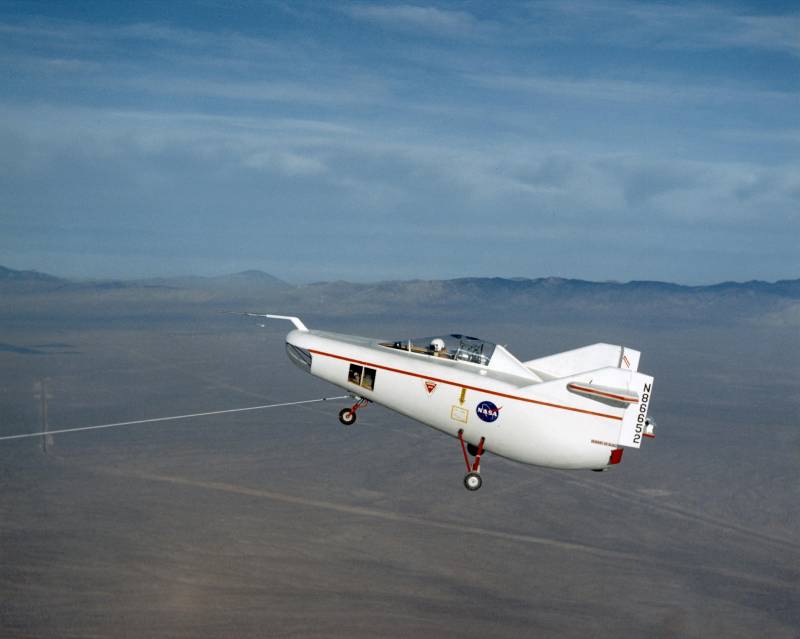
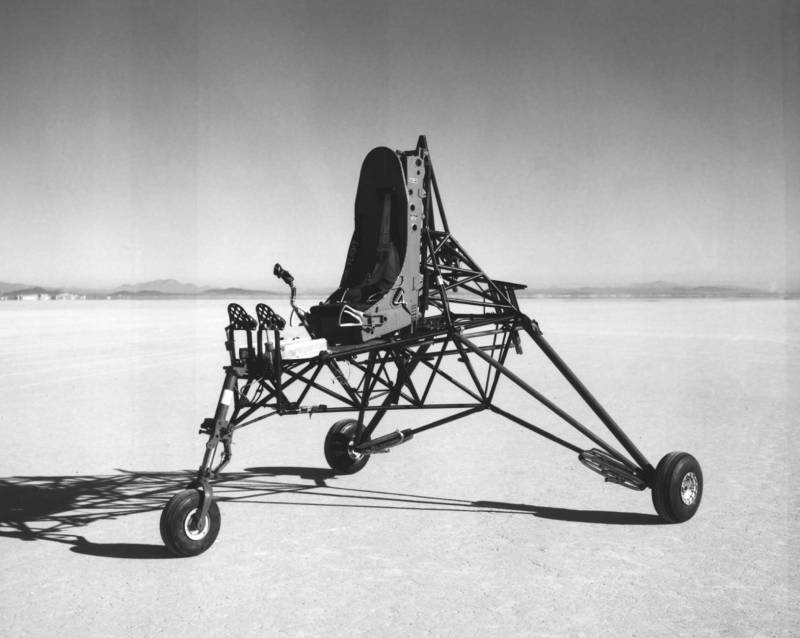
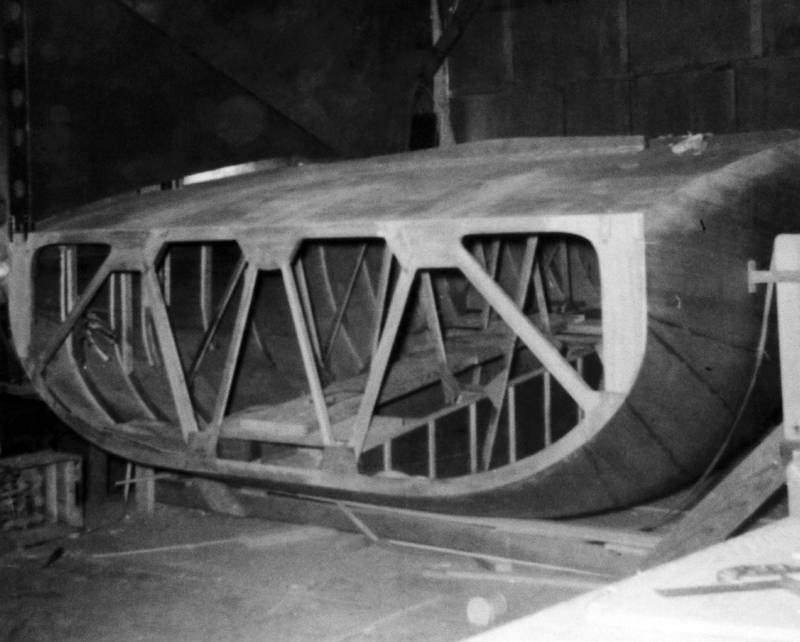
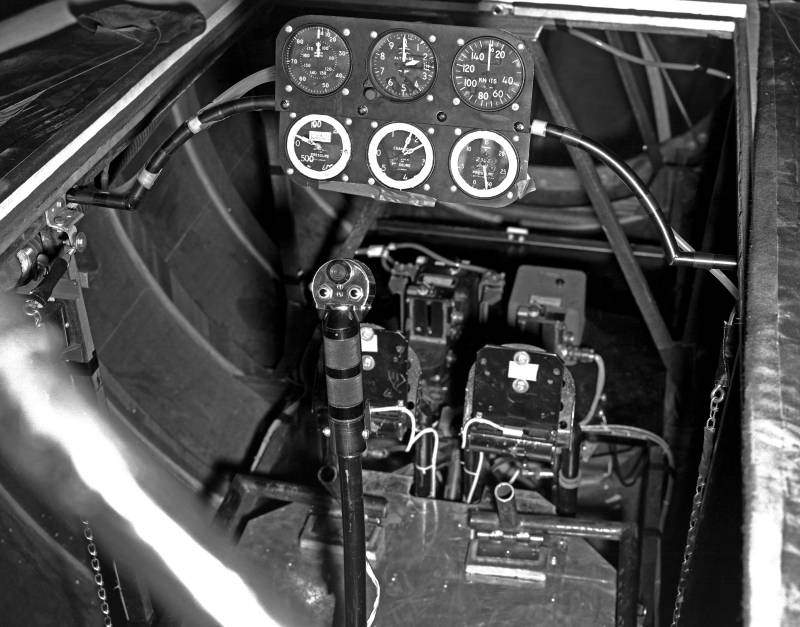
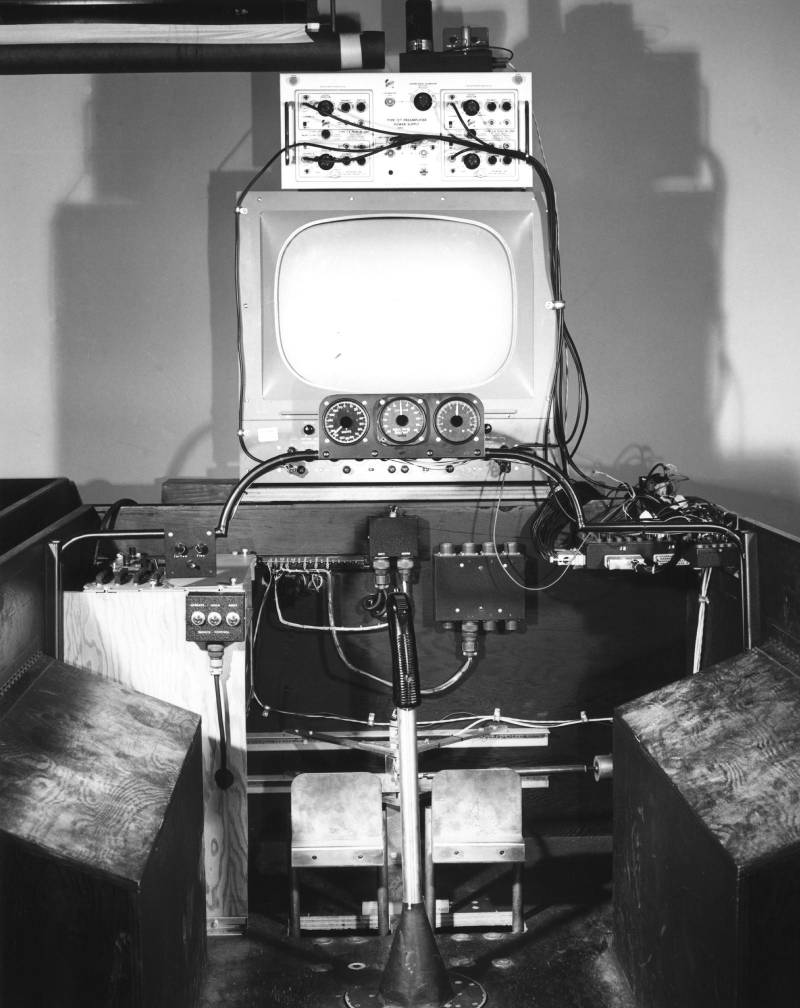
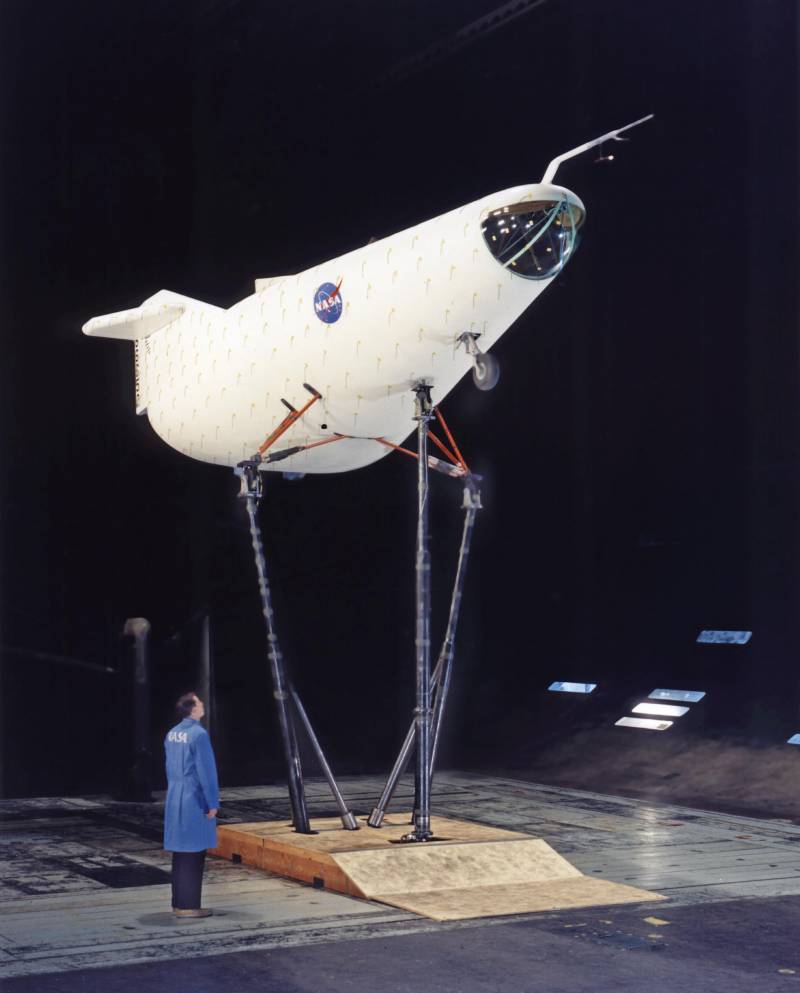
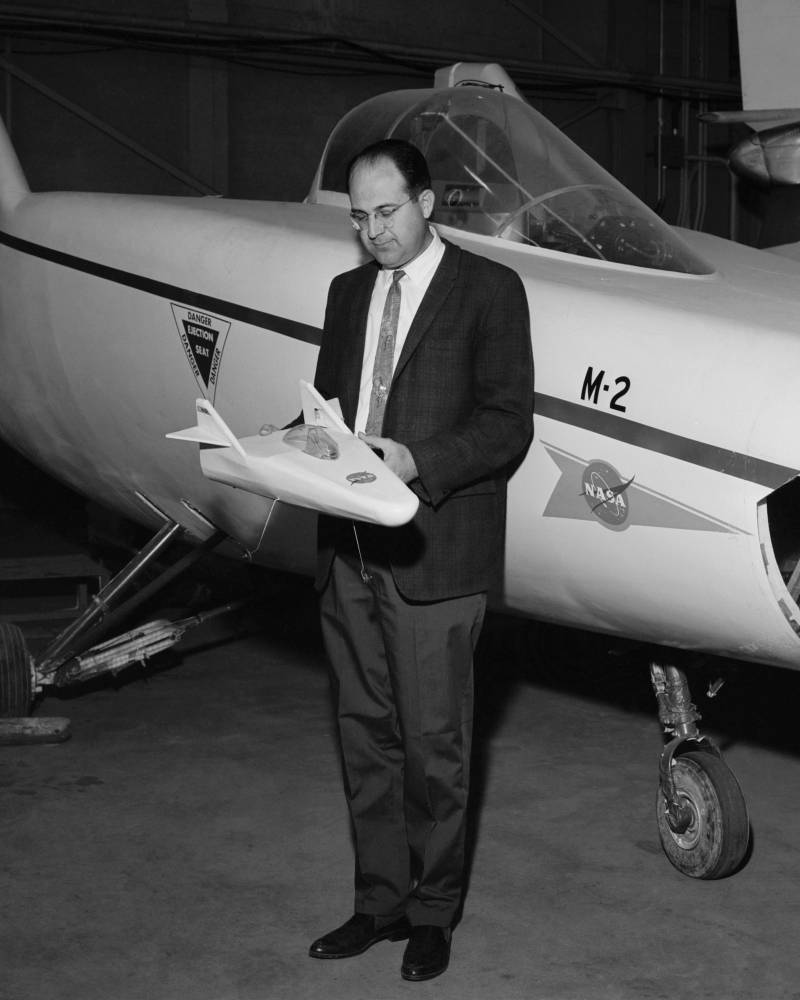
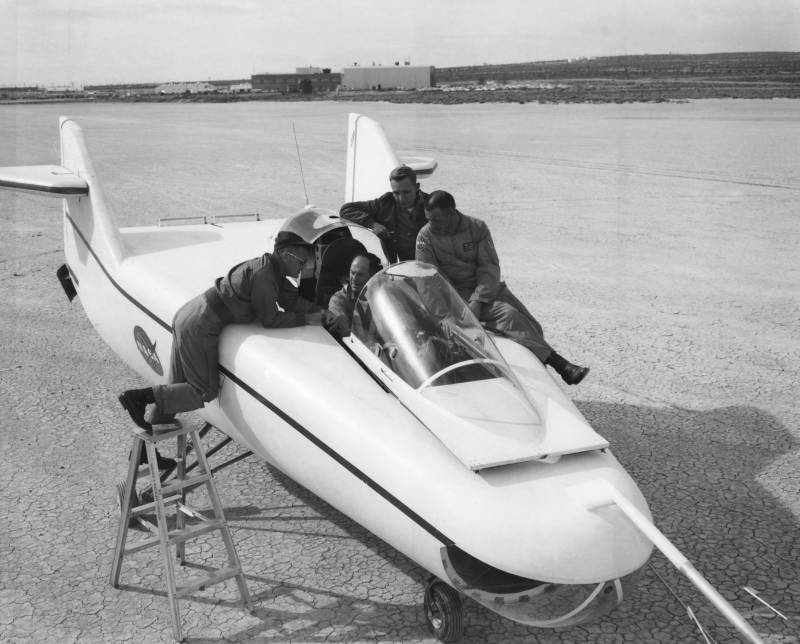
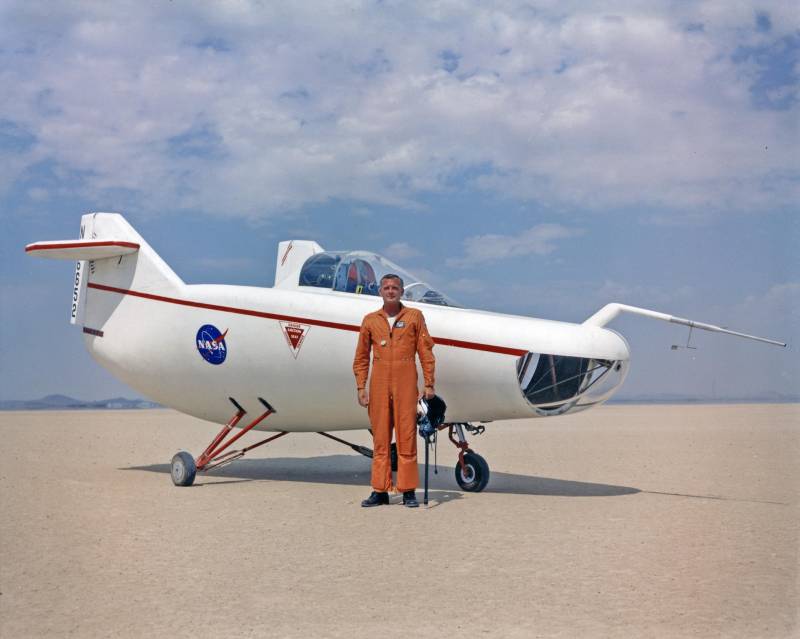
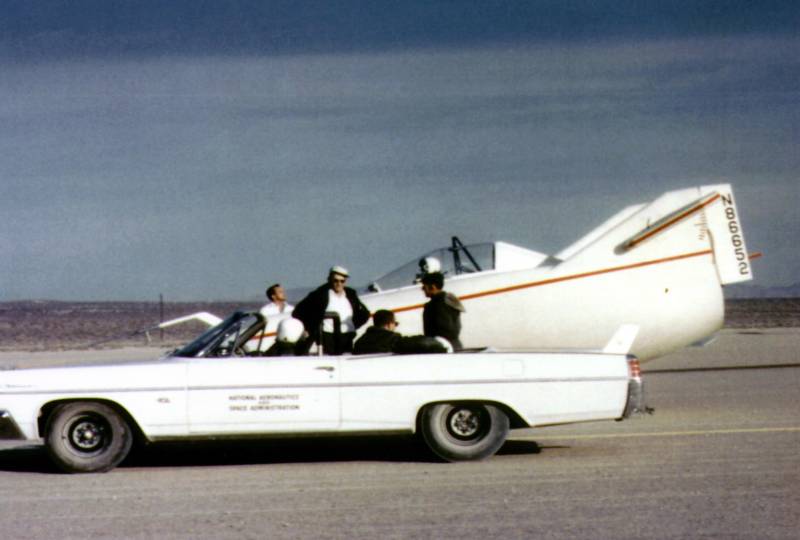
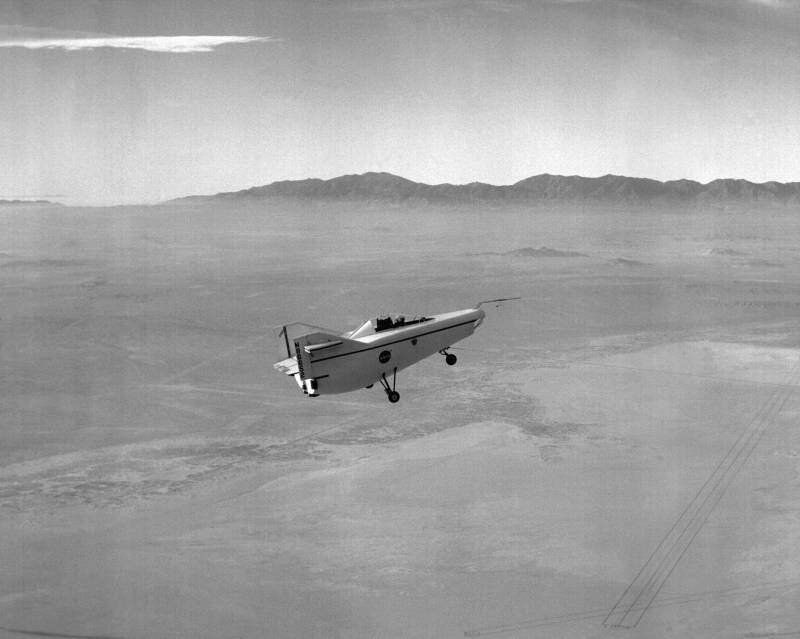
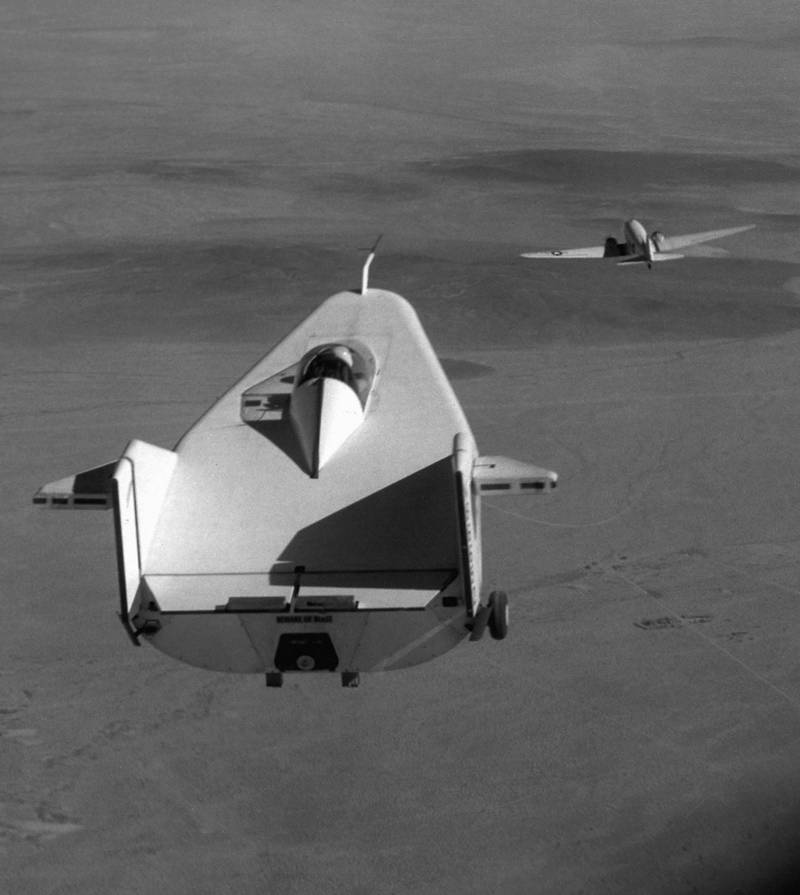
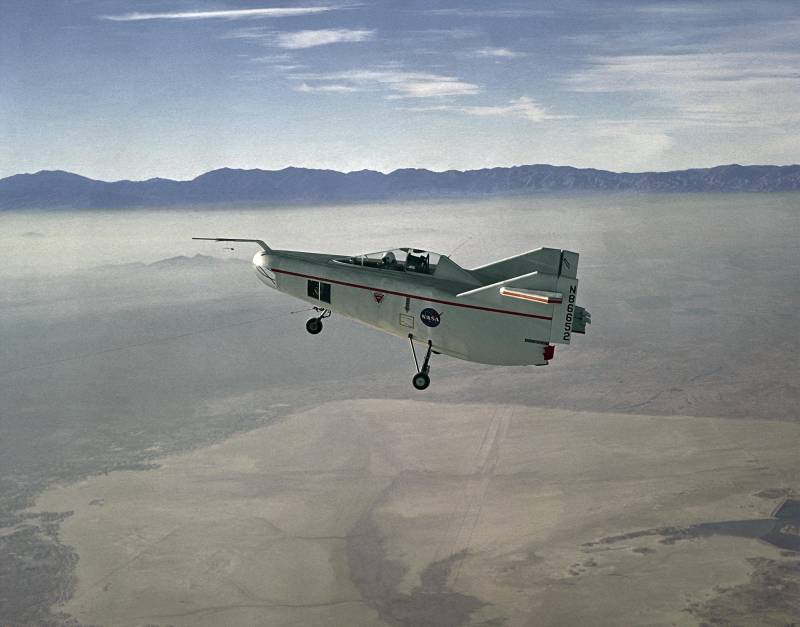
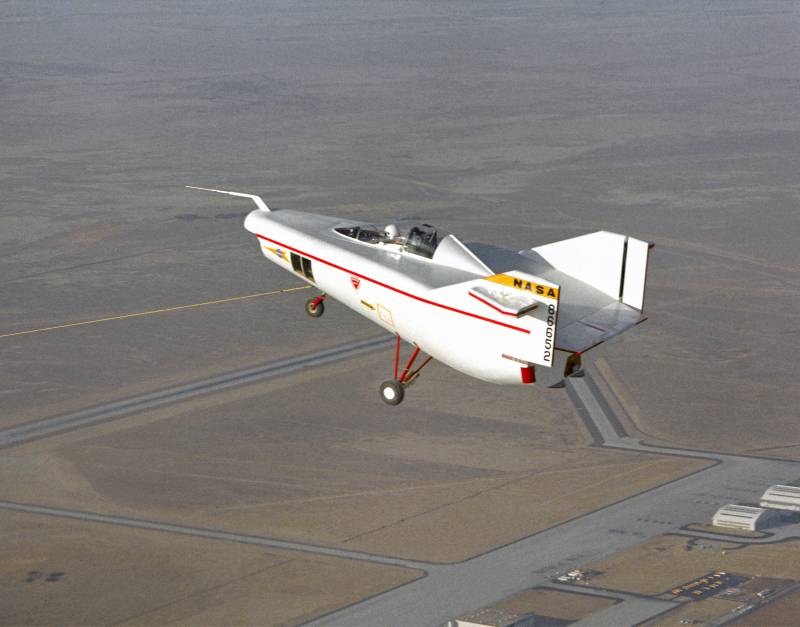
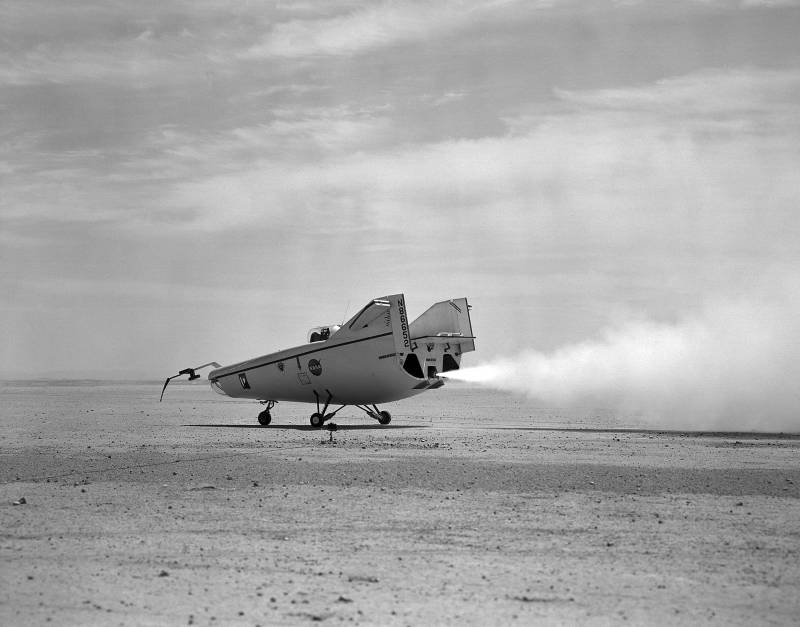
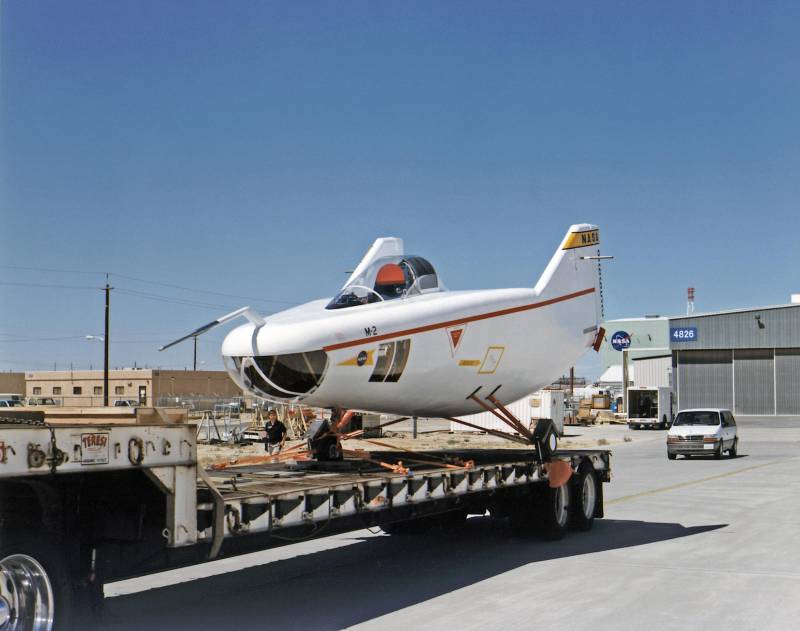
Information